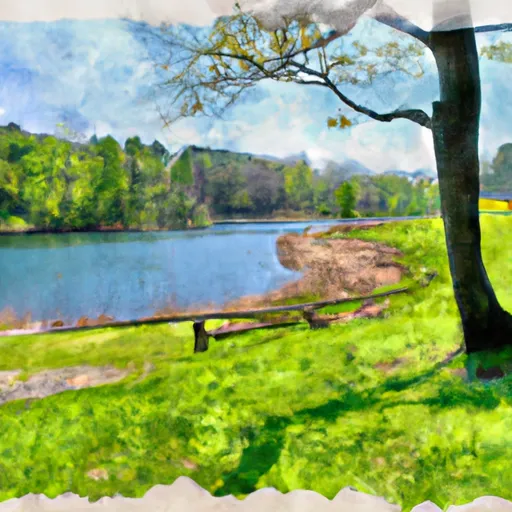Summary
It experiences a humid continental climate, characterized by warm summers and cold winters. Summers are typically mild to hot, with temperatures averaging between the mid-70s to mid-80s Fahrenheit (24-29°C). Winters are cold and snowy, with temperatures ranging from the mid-20s to mid-30s Fahrenheit (-4 to 2°C). Precipitation is evenly distributed throughout the year, with slightly higher rainfall during the summer months.
As for hydrology constituents, Sterling Heights is not home to any major rivers or lakes. However, the city has an extensive network of smaller streams and retention ponds that contribute to the hydrological system.
Outdoor enthusiasts can enjoy several recreational opportunities in Sterling Heights. The city boasts numerous parks, including Dodge Park and Freedom Hill County Park, offering various amenities like sports fields, playgrounds, picnic areas, and walking trails. Residents and visitors can engage in activities such as hiking, biking, picnicking, and playing sports. Additionally, there are several golf courses in the area, providing opportunities for golf enthusiasts.
In summary, Sterling Heights offers a pleasant climate, a diverse hydrological system, and ample outdoor recreation opportunities for individuals to explore and enjoy nature.
Weather Forecast
Sterling-Heights receives approximately 851mm of rain per year, with humidity levels near 77% and air temperatures averaging around 10°C. Sterling-Heights has a plant hardyness factor of 6, meaning plants and agriculture in this region thrive during a short period during spring and early summer. Most plants will die off during the colder winter months.

 Puffin Park
Puffin Park
 Beaver Trail Park
Beaver Trail Park
 Beaver Creek Park
Beaver Creek Park
 Brinston Park
Brinston Park
 Condominium Development
Condominium Development